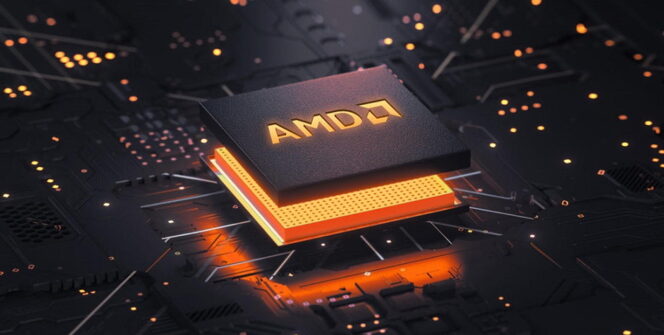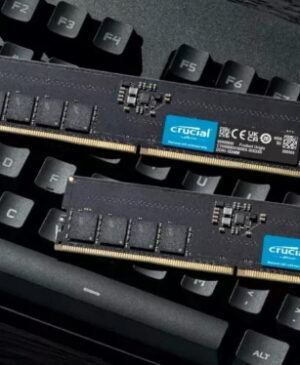TECH NEWS – With P and E cores, the ultra-low-power APU could be seen in the new Steam Deck.
P- and E-cores? Yes: we’re already seeing Performance and Efficiency cores in Intel’s new (e.g., 13th generation) processors, and this format could be followed by AMD, which has just officially listed this hybrid core design for its Phoenix 2 APU, using the Zen 4 architecture, and more has leaked on Twitter about the company’s APU created as an engineering sample (ES): it has two P-cores and four E-cores, but with a significant difference from Intel.
Intel uses two different architectures (Golden or Raptor Cove + Gracemont), while AMD’s design uses just one: both core types are based on the Zen 4 architecture. The P-cores will have the general design we see in the Ryzen 7000 family. Still, the Zen 4 cores will have smaller cache sizes and clock speeds while focusing entirely on efficiency.
Clock speeds are significantly different depending on the core, going by the multi-bench testing done in Cinebach R23. Cores 0 and 5 are P-cores and can go up to between 4 and 5 GHz. P-cores have been running at clock speeds between 4.2 and 4.3 GHz on average. The E-cores have defaulted to around 2.5 to 4 GHz but have generally clocked below 3 GHz. However, they can accelerate to 4 GHz for short periods. One could legitimately ask what it has to do with the future of Steam Deck. The APU consumption points to handheld, portable use, as the AMD Phoenix APU hybrid core design requires about 15-20W. The P-core Zen 4 cores siphoned 7-8W of power, while the E-cores siphoned about 5W. Regarding single-core applications, AMD is supposed to prioritize P-cores by default, so there is no significant difference from traditional Phoenix chips.
Since it is still only an ES version, clock speeds and power consumption may change.
Source: WCCFTech











![[TGA 2025] Tomb Raider: Legacy of Atlantis: Another Remake of the First Game! [VIDEO]](https://thegeek.games/wp-content/uploads/2025/12/theGeek-Tomb-Raider-Catalyst-Legacy-of-Atlantis-Remake-Crystal-Dynamics-302x180.jpg)





Leave a Reply